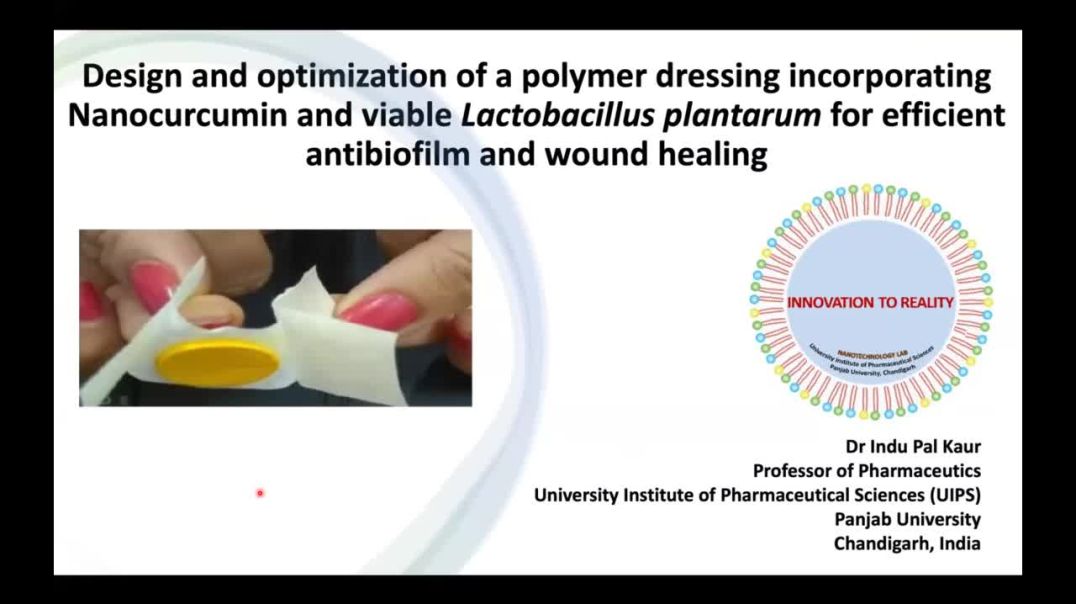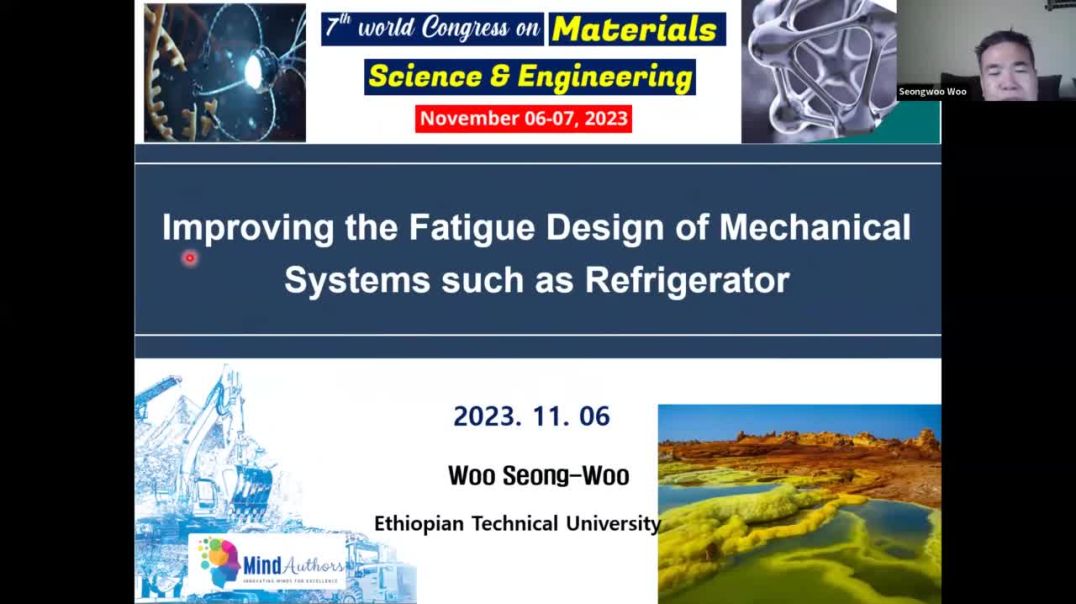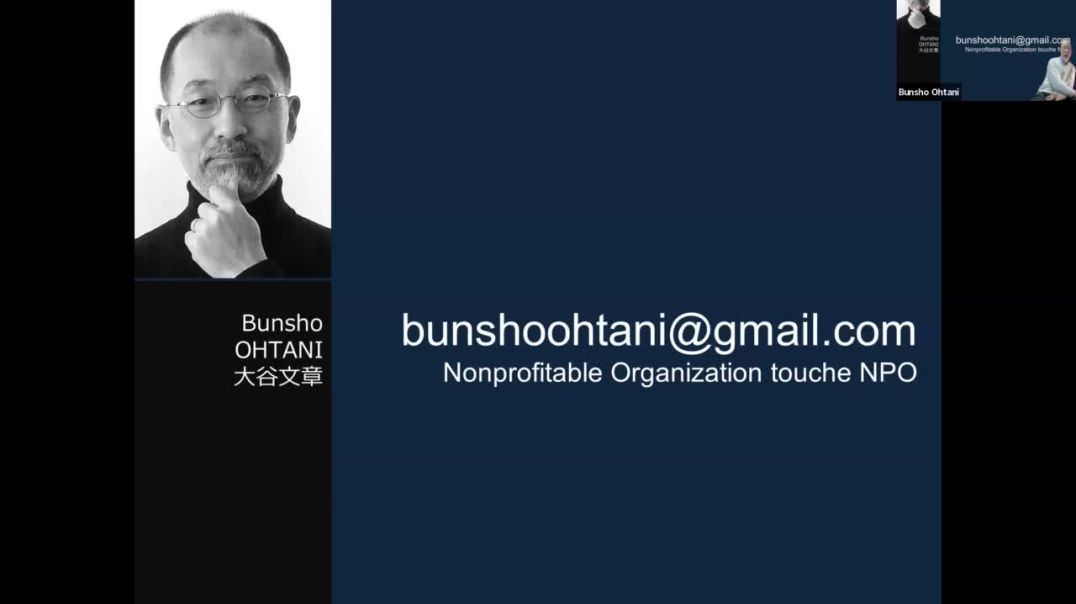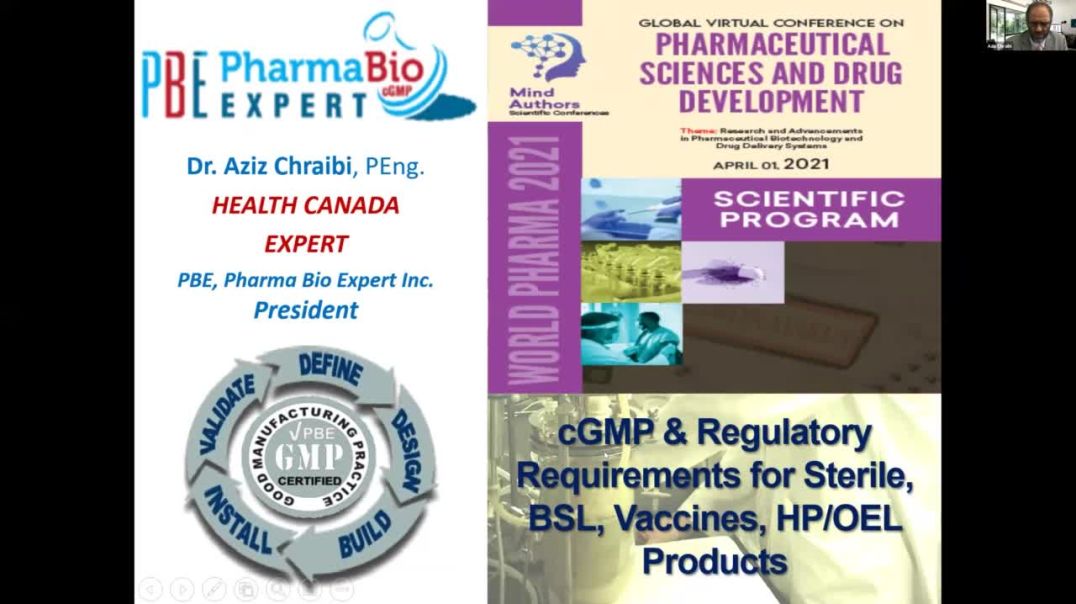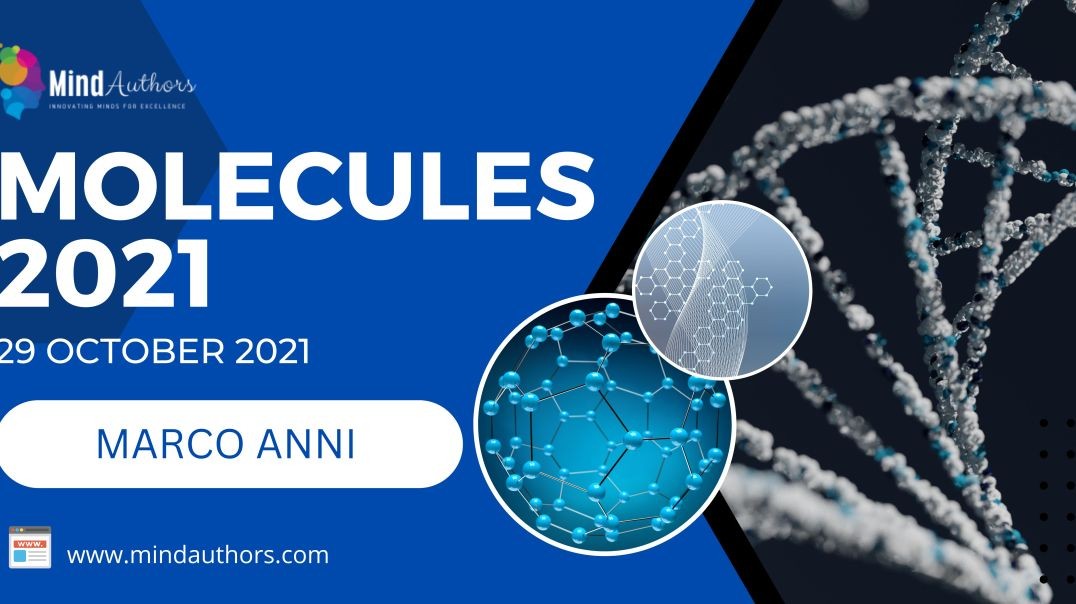Design and optimization of a polymer dressing incorporating nanocurcumin | Indu Pal Kaur
Summary :
A sterile dressing was devised using a combination of sodium alginate and gelatin as the most suitable polymers along with a small quantity of gellan gum (0.1%), selected out of a range of polymers to co-incorporate a pre-optimised and autoclavable curcumin loaded solid lipid nanoparticles (CSLNs) and live probiotic (Lactobacillus plantarum). The dressing was optimized for polymer concentration and other characteristics using a central composite design. It exhibited a swelling ratio of 412 ± 36%, in vitro degradation time of 3 h, optimal water vapor transmission rate of 1516.81 ± 155.25 g/m2/day, high tensile strength, low-blood clotting index, case II transport, and controlled release of curcumin. XRD indicated strong interaction between employed polymers. FESEM revealed a porous sponge like meshwork embedded with L. plantarum and CSLNs. Polyphenolics like curcumin can improve probiotic effects. Both probiotics (bacteriotherapy) and curcumin promote wound healing via antimicrobial activity, inhibition of pathogenic toxins, immunomodulation, and anti-inflammatory actions. Combination of CSLNs with probiotic enhanced (560%) its antimicrobial effects against planktonic cells and biofilms of skin pathogen, Staphylococcus aureus 9144. The dressing degraded and released L. plantarum, which germinated in the wound bed and exhibited faster wound closure and lowered bioburden in the wound area in mice. This was coupled with a decrease in wound biomarkers and antioxidant enzymes, establishing multiple healing pathways. It was as effective as the silver nanoparticle-based marketed hydrogel dressing; however, the cost and risk of developing resistance would be much lower currently.
About Author :
Dr Indu Pal Kaur is Professor of Pharmaceutics & DPIIT-IPR Chair Professor, Panjab University, Chandigarh, India. Her research forte is enhancing bioperformance of small and large molecules using active-tailored nanoparticles and electrospun scaffolds. Her group is credited with novel nanotechnologies, including 31 filed, out of which 15 Indian and 1 US patent is granted. She is US-Fulbright fellow & has received international beamtime funding at RAL, UK - 2017; 2023. She has received numerous awards including best scientist award twice, IP award, WIPO award for inventors from national and international agencies. She has produced 26 PhDs; ~70 postgraduates; received funding of almost 100 million INR from Government and Industry; delivered >75 Invited Talks; published 155 articles with H index 52.
